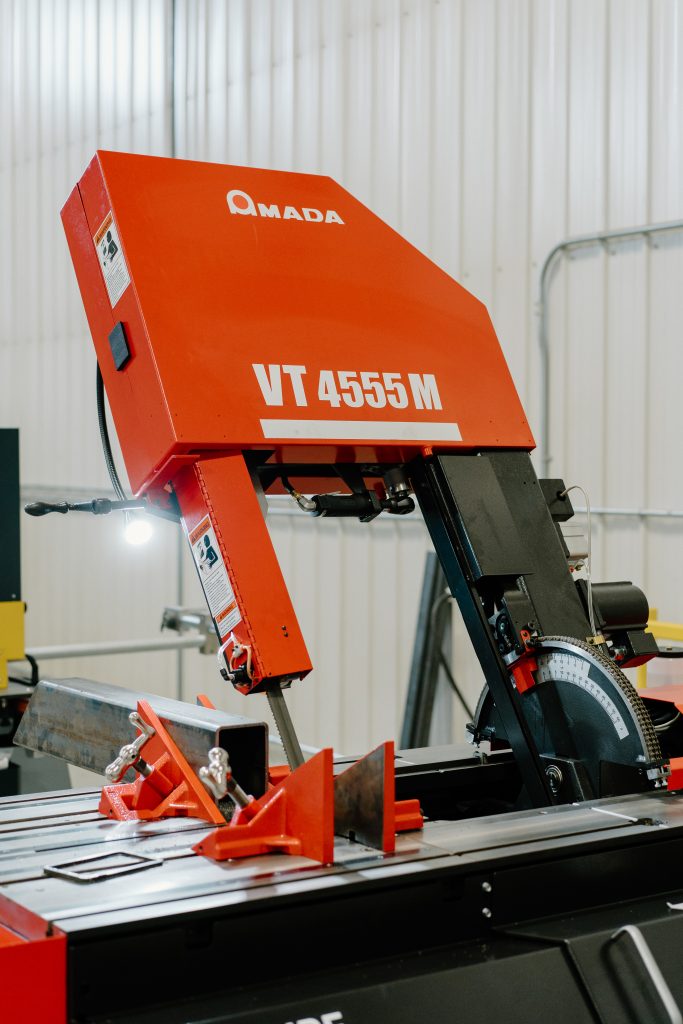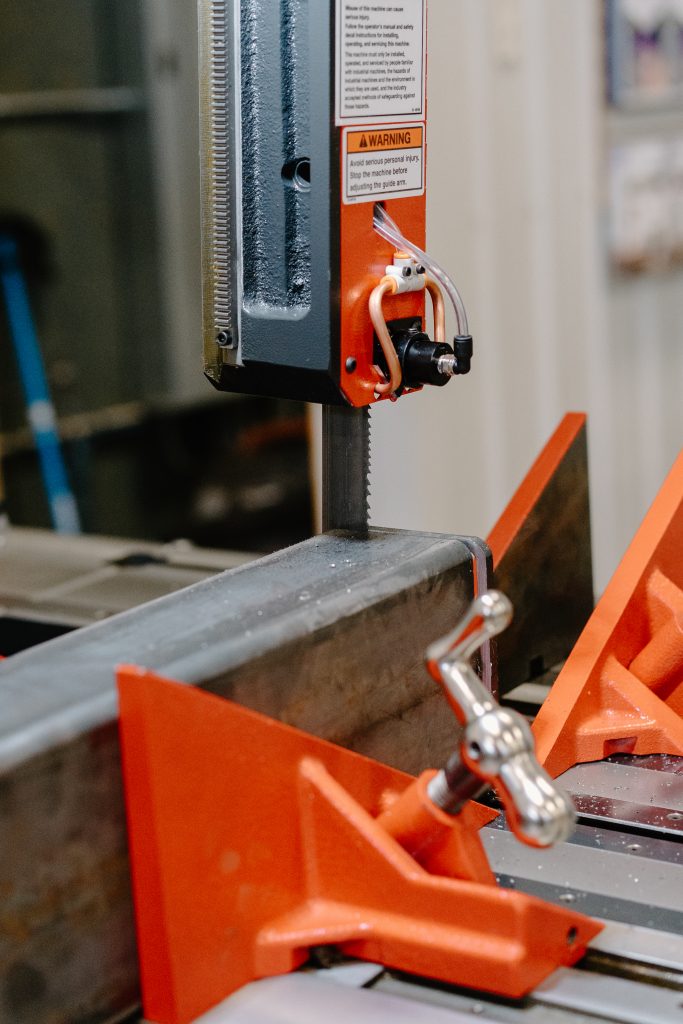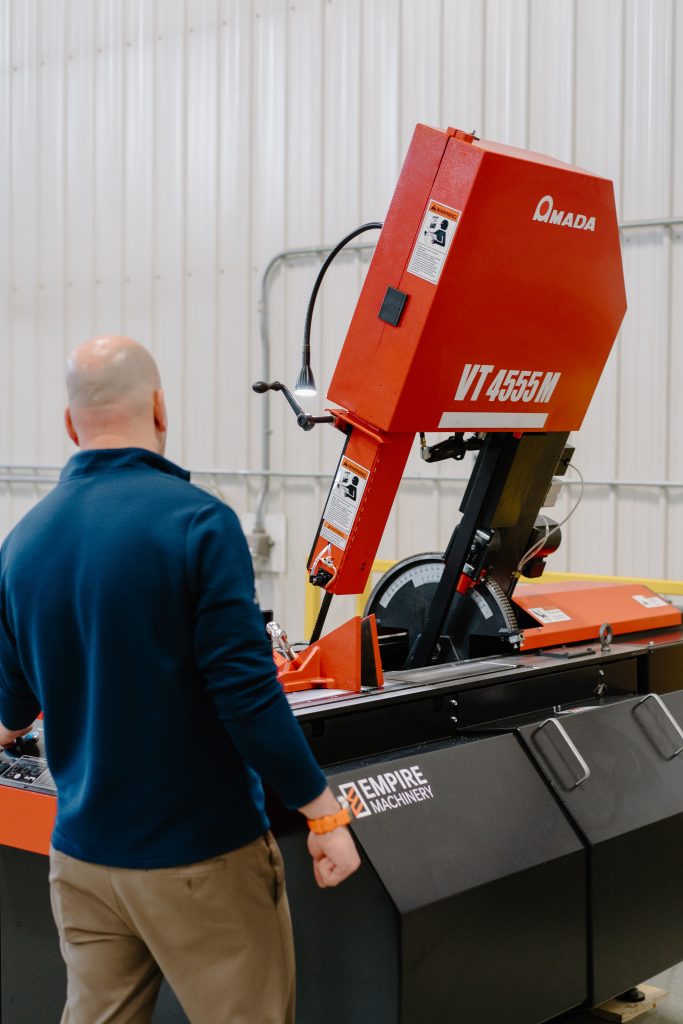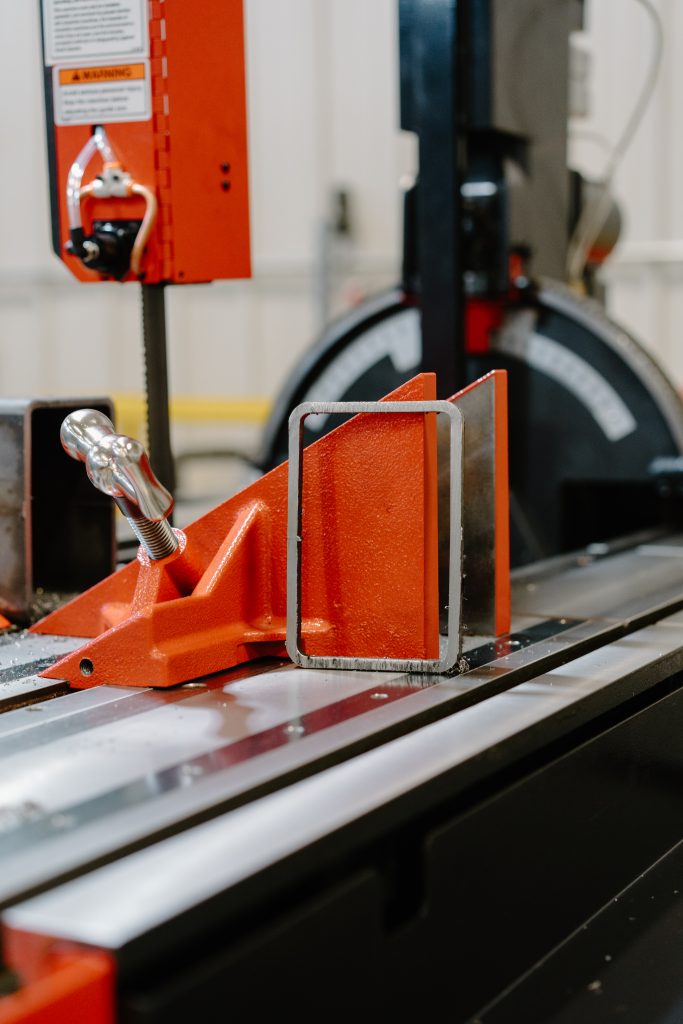When it comes to cutting metal efficiently, bandsaws are a staple in any fabrication shop. But one question that often arises is: Should I choose a vertical or a horizontal bandsaw? Both machines have their strengths, and the right choice depends on your specific application, material type, and workflow.
What’s the Difference?
Before diving in, it’s important to understand the fundamental differences:
Horizontal Bandsaws: The blade moves down through the material, which is held stationary on a bed. These are typically used for straight cuts on bars, pipes, and structural steel.
Vertical Bandsaws: The blade is fixed vertically, and the operator moves the material through the blade. These are more common in toolrooms and fabrication shops where intricate cuts or shapes are required.
Why Choose a Horizontal Bandsaw?
Horizontal bandsaws are often the go-to choice for high-volume, straight cutting applications. Here’s why:
✅ Excellent for Straight Cuts: Ideal for cutting stock to length with repeatability and accuracy.
✅ Automation-Friendly: Many models offer hydraulic clamping, feeding, and auto shut-off for unattended operation.
✅ Better for Large Profiles: Works well with structural steel, pipe, tubing, and bar stock.
✅ Consistent Cut Quality: Gravity and hydraulic feed ensure steady pressure and smooth cuts.
✅ Time Efficiency: Faster cutting for straight-line jobs makes them great for production environments.
Why Choose a Vertical Bandsaw?
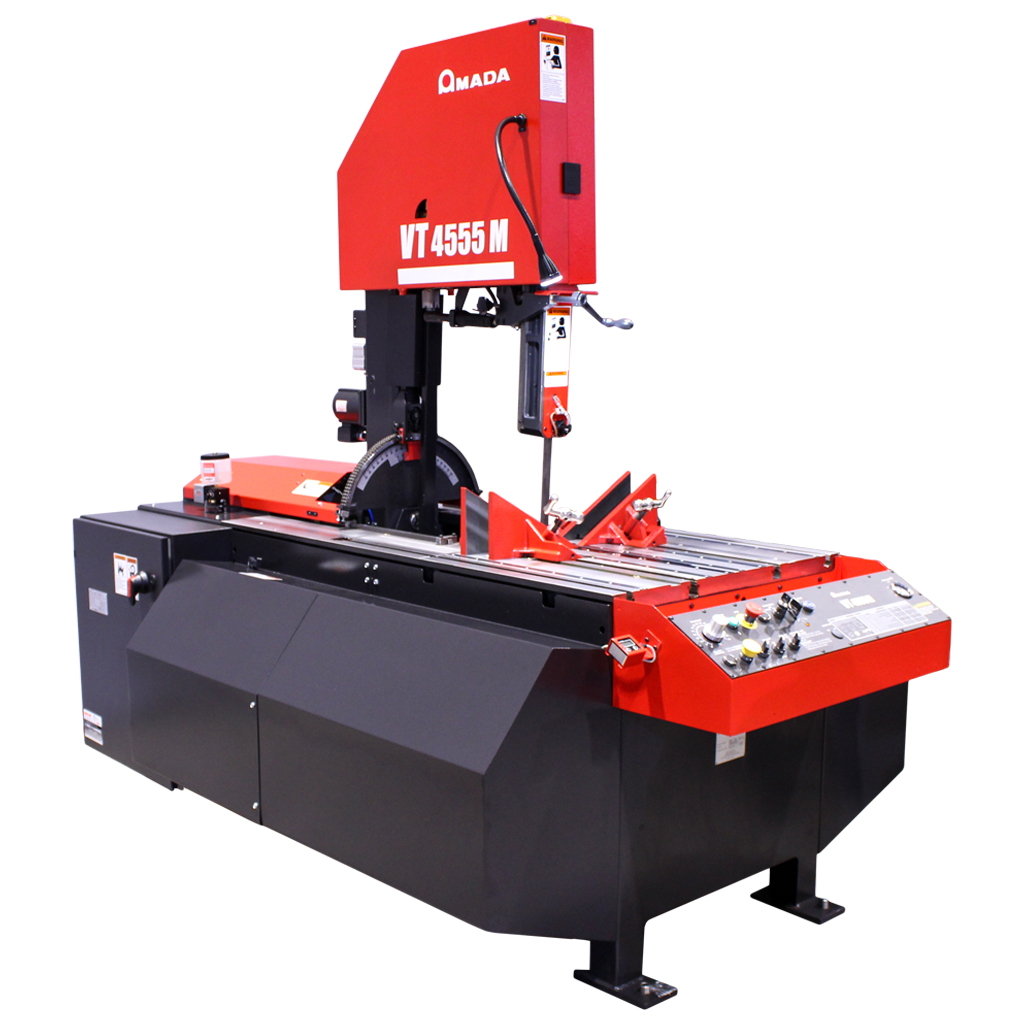
Vertical bandsaws offer flexibility and control for fabricators who need more than just straight cuts:
✅ Versatility in Cutting: Great for contour cutting, notching, slotting, and complex shapes.
✅ Manual Control: The operator has hands-on control of the material for precision and customization.
✅ Smaller Footprint: Vertical saws generally take up less floor space, which is helpful for smaller shops.
✅ Works with a Variety of Materials: Not limited to just structural profiles—great for cutting plates, sheets, and irregular shapes.
✅ Perfect for Prototyping and Custom Work: Ideal for fabrication environments where every job is different.
Which One is Best for You?
Ask yourself the following:
Are you mostly cutting bar stock, tubing, or structural shapes? → Go with a horizontal bandsaw.
Do you need to do intricate shapes, notches, or custom cuts? → A vertical bandsaw is likely the better fit.
Is speed and volume your top priority? → Horizontal is your best bet.
Are flexibility and creativity more important? → Vertical gives you that edge.
- If you’re looking to miter in both directions → Vertical gives you that flexibility, a horizontal bandsaw won’t have.
- If you are thinking you would benefit from having both → Then buy one of each!
Some Shops Need Both
Many fabrication shops opt to have both styles on hand. A horizontal bandsaw handles high-volume straight cuts efficiently, while a vertical bandsaw is kept nearby for more specialized jobs. Together, they give you the best of both worlds.
Need help choosing the right bandsaw?
At Empire Machinery, we stock a wide range of both vertical and horizontal bandsaws and can help match you with the machine that suits your workflow, materials, and production goals!
